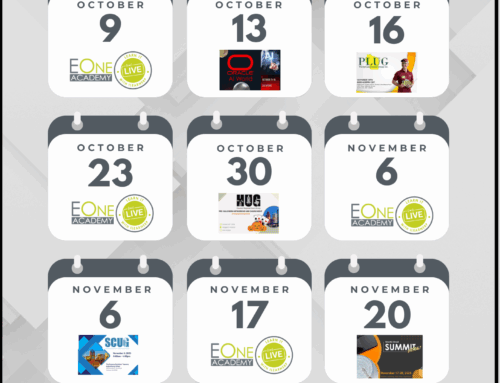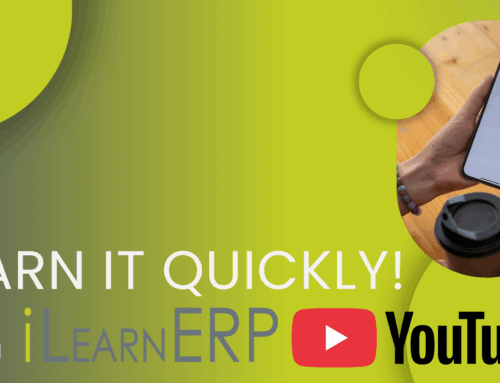Each year, billions of dollars are wasted on under-utilized or ineffective training. eLearning provides opportunities to get a better ROI on your training budget, but it also comes with its own set of challenges. Below are some of the latest tips we’ve cultivated to get the most out of your training budget with eLearning.
 Keep your messages clear
Keep your messages clear
Provide employees with brief, clear, just-in-time instructions – the best trainers and consultants provide clarity. Studies have shown that if you provide your audience with any more than three key pieces of information on a work-related activity, they probably won’t remember them. Pick one single piece of important advice and deliver it simply in language they can understand. If you provide too much information you risk confusing them and ruining the work you’ve put into delivery.
Stay positive
Tone is decidedly important for quality engagement. You must be positive and include many opportunities for learner-instructor interaction in the online environment. Keep videos short and discussions on-going. You can also use learners to create an illuminating discussion rather than a one-way speech. Ask penetrating questions about what they will do in real work situations – Positive social learning will confirm that they understand the potential challenges in front of them.
Hold learners accountable
While it may be easier to hold people accountable for what they learn in a synchronous training environment, there is no learning culture without accountability for every kind of training module. Creative and well-designed testing, gamification, and simulation can take the stigma out of accountability. Employees will often take responsibility for just-in-time and just-enough learning if the delivery allows for a misstep and yet continues to provide a vision for success. If accountability is a positive experience for the learner, the result is a culture of learning.
Connect with your audience
If possible, understand the purpose of each individual you are working with and what they want to get out of their work. It’s also important to try to figure out their individual and collective backgrounds. What are they like at home? What type of people do they socialize with easily? This type of information allows you to adapt your delivery to the learners. Curated and highly relevant material is often what allows the best trainers to connect with their audience. Provide the material in a variety of formats so that all types of learners can utilize the material in the best way for them.
Deliver individual messages
Try to give team-based, role-based, and individually-based challenges in your delivery. Separate learners by their roles and let them not only reflect on the problems of their role amongst themselves, but also how their role relates to the other roles in the team? In what ways do they provide the most help to learners in other roles? Are there any ways that their performance hinders those in another role? An individual message from a trainer will likely not get to the intimacy of the role-based challenges of a technical position. Teasing out evaluative snippets from co-workers without slipping into negativity is a vital skill for a trainer or consultant to have.
Like this? Please share.



